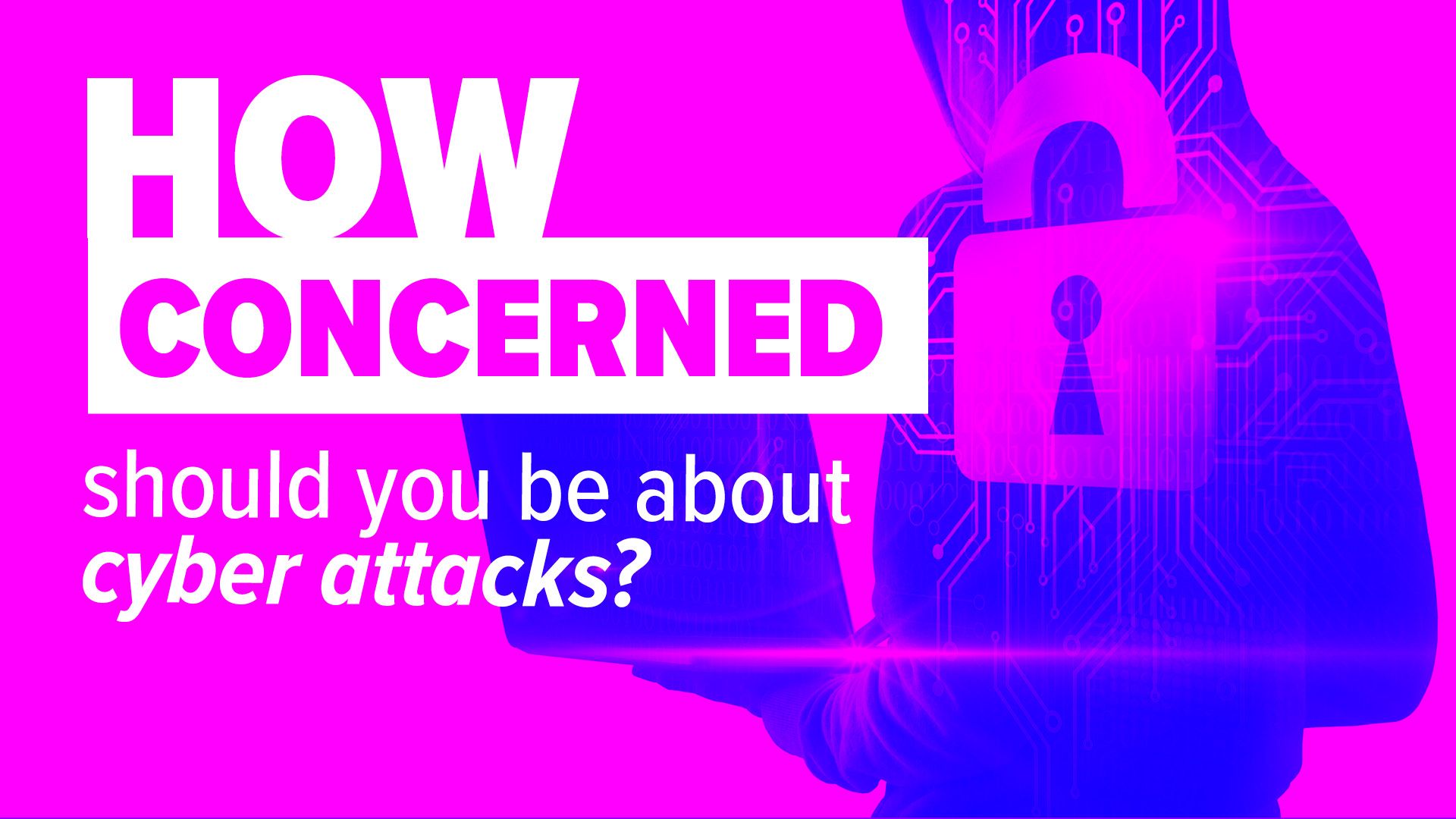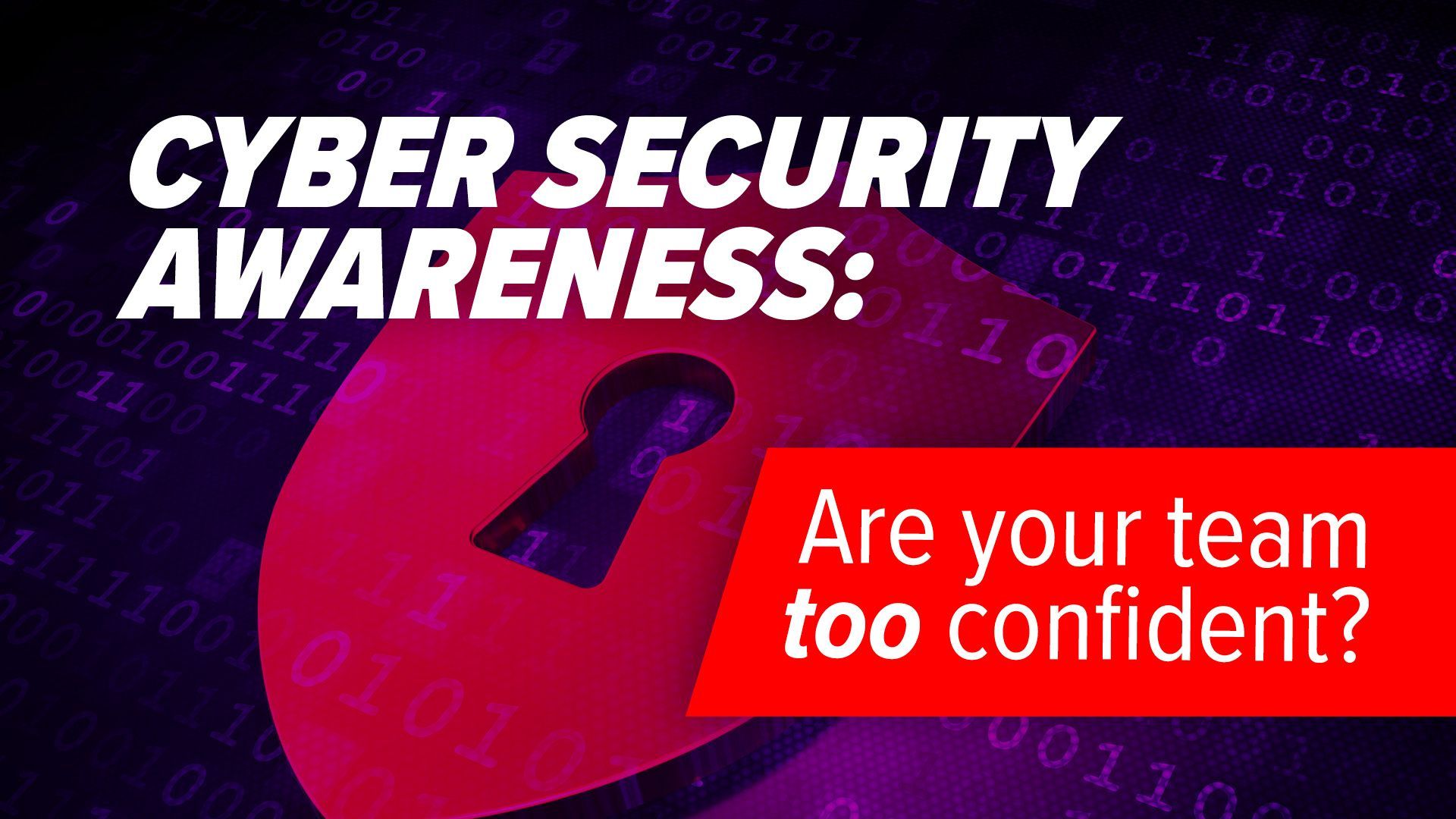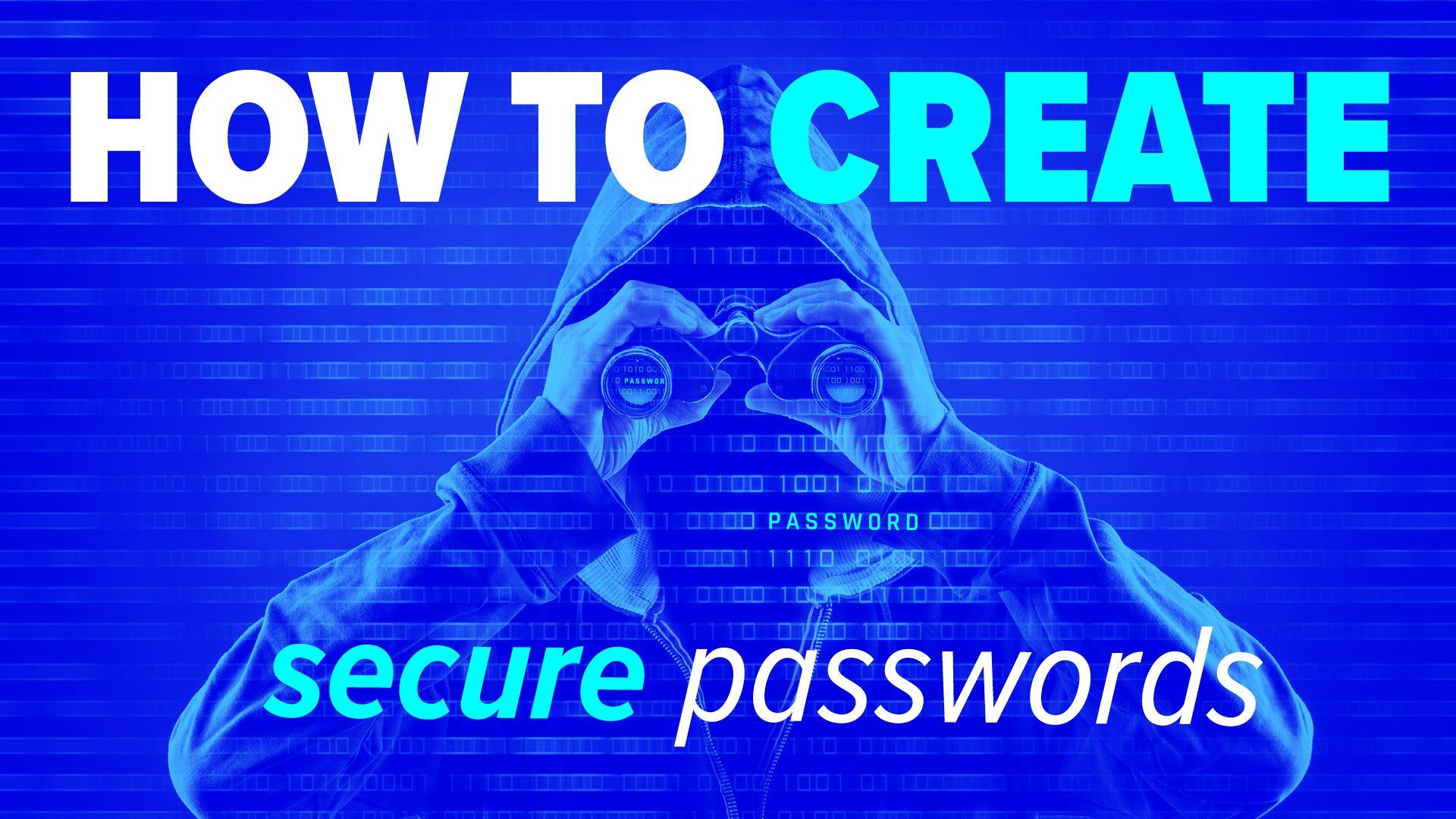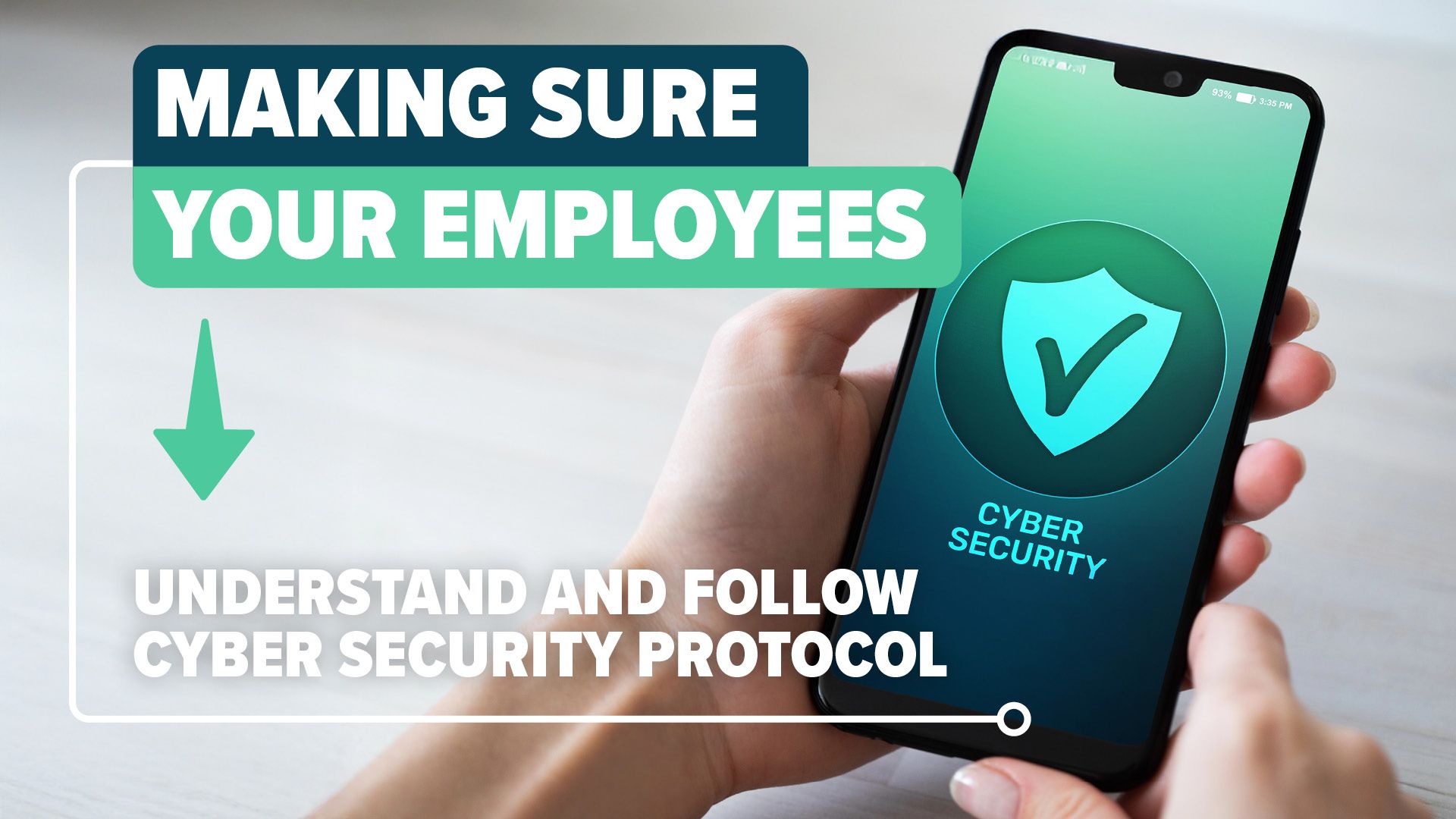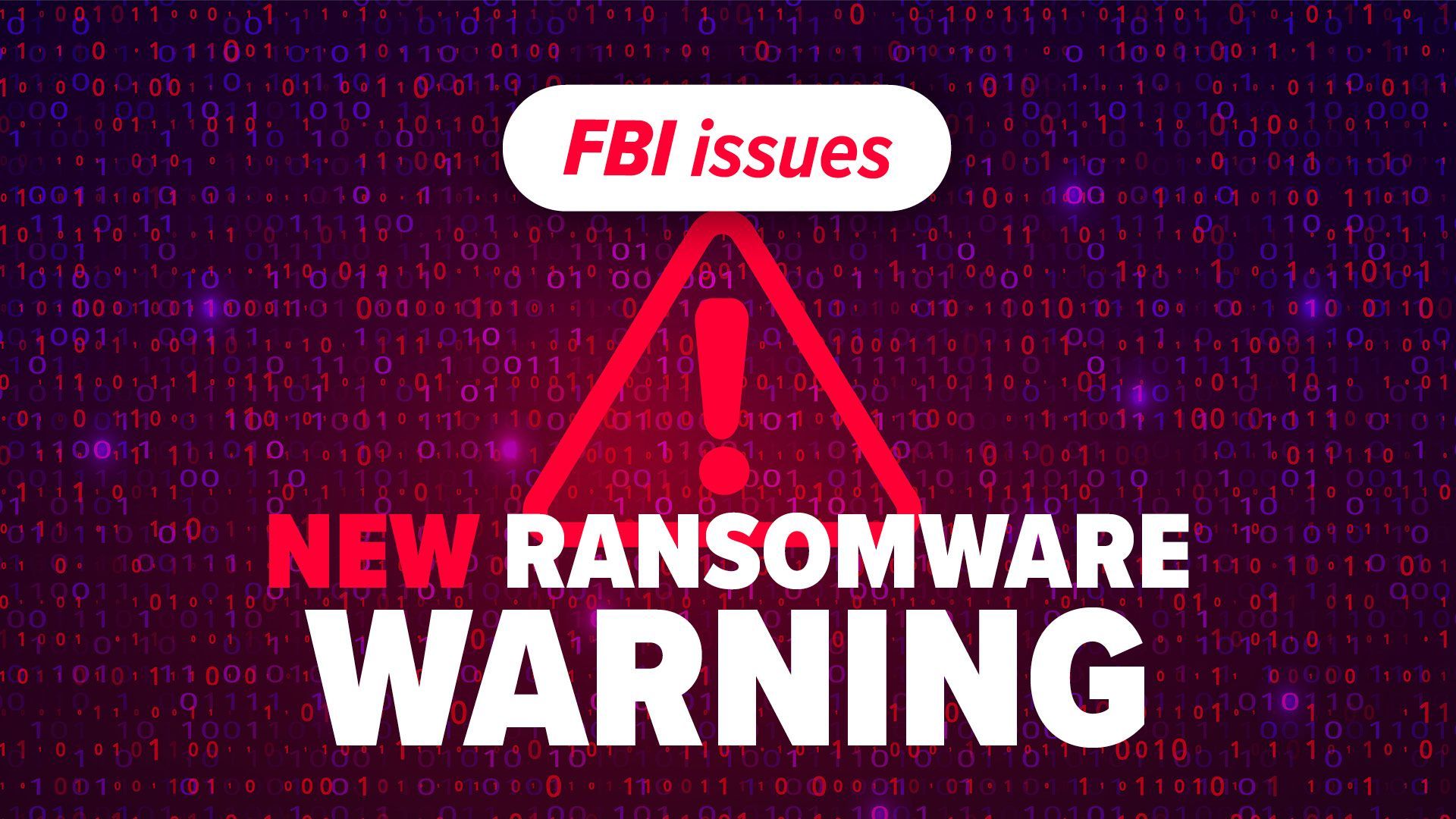Why you’re better in a contract with your IT company
Imagine you're driving down a winding road in the middle of nowhere. Suddenly, your car breaks down. You're stuck, miles from assistance. You feel helpless. Frantically searching for a solution.
This scenario isn't too different from the world of IT support when you rely on what’s known as a break/fix relationship with your provider (when your IT is broken, they fix it. And that’s it; there’s no proactive work).
But what if there was a way to ensure a smoother journey?
That's where the magic of having a contract with your IT support provider comes in. Think of it as having a trusted mechanic who not only fixes your car but actually prevents breakdowns in the first place.
Whether you run a bustling corporation or a small startup, entering into a contract with your IT support provider is the smart, cost-effective way to ensure a smoother tech journey.
The break/fix conundrum
When your computers crash, your network goes haywire, or your software refuses to cooperate, it's not just a minor inconvenience – it's a potential storm on the horizon that could disrupt everything you do.
For many business owners, the traditional "break/fix" model has been their long-term go-to solution. This approach involves calling in IT support only when something goes wrong – when you're already in trouble.
While the break/fix approach may have served its purpose in the past, tech needs have grown more complex. We’re facing more cyber threats, software vulnerabilities, and rapidly evolving technologies than ever before. Relying on a 100% reactive strategy can leave you vulnerable to costly downtime, data breaches, and customer dissatisfaction.
Let's take a closer look at the pitfalls of the break/fix approach.
Downtime
When a critical IT issue arises, you're forced to wait for help to kick in, often leading to significant downtime. Every minute your systems are down, your business is losing money and potentially damaging its reputation.
unpredictable costs
Break/fix support comes with unpredictable costs. You can't anticipate when problems will occur or how much they’ll cost to fix. This unpredictability can wreak havoc on your budget.
Data loss
Data loss is a nightmare for any business. Relying on break/fix means you're at risk of losing valuable data if a problem escalates before anyone can start helping.
No familiarity
In this model, your IT support provider is like a distant relative you only hear from when things go south. They may not fully understand your business needs and goals or even be up to date on your current setup, which can really hold back effective problem-solving.
Security Vulnerabilities
Cyber threats are constantly evolving. Relying on a reactive approach may leave your systems vulnerable to attacks, as you may not get timely security updates or patches.
A contracted Partnership
Now, imagine a different scenario: one where your IT support partner is more than just a trouble shooter. They are your trusted ally, always vigilant and prepared for the storm before it hits. This is the essence of contracted IT support, and it's achieved through a structured agreement that allows a close, ongoing relationship with your IT partner.
In a contracted IT support model, your IT support partner isn’t just waiting for problems to surface; they are actively monitoring your IT infrastructure, looking for the first signs of trouble.
Here's how this contracted approach works in your favor.
Early problem detection
With a contract in place, your IT support partner actively monitors your systems and networks. They use advanced tools and technology to spot irregularities, potential vulnerabilities, and signs of impending trouble.
Swift intervention
When a potential issue is detected, your IT support partner jumps into action immediately. They don't wait for you to report a problem; they proactively address it, often before you're even aware it exists.
Reduced downtime
By addressing issues early, proactive IT support significantly reduces downtime. You no longer have to wait for a major problem to disrupt your operations before seeking help.
Cost savings
While proactive IT support comes with a contract and a regular fee, it can save you money in the long run. By preventing major IT disasters, you avoid the hefty costs associated with extensive repairs and data recovery.
Enhanced security
Cyber threats are getting more sophisticated. Cyber criminals are constantly devising new ways to breach your defenses. Proactive IT support ensures that your systems are up to date with the latest security patches and that your network is actively monitored for potential threats.
In a contract, your IT support partner becomes intimately familiar with your business. They take the time to understand your specific needs, goals, and operational processes. This deep knowledge enables them to provide personalized support that aligns with your objectives.
Your IT support partner can tailor solutions to your unique requirements, enhancing your efficiency and productivity.
With a clear understanding of your business goals, they can help you strategize for the future, recommending technology investments and improvements that fit with your long-term vision.
And as your business grows, your IT support partner can easily scale your technology infrastructure to accommodate increased demands, making sure your systems keep pace with your expansion.
They don't just wait for problems to arise; they actively consult with you to identify opportunities for improvement and optimization.
Move beyond a transactional relationship
With the break/fix model, your interactions with IT support can often feel transactional. It's a "call when you need help" scenario, with little room for developing a deeper understanding of your business's unique needs and goals.
In contrast, a contract-based IT support model creates a partnership where your IT team becomes an extension of your business.
Your IT support partner takes the time to get to know your business inside and out. They learn about your processes, workflows, and objectives, allowing them to offer solutions that are tailor-made for your specific requirements.
With a contract in place, you have a direct line to your IT experts. There's no need to navigate through a maze of automated systems or wait for hours on hold. Your IT partner is just a phone call or email away, ready to assist you promptly.
Your IT experts become your trusted advisors. They can guide you on technology decisions, help you stay ahead of industry trends, and recommend answers that are cost effective and fit with your business's growth strategy.
Instead of waiting for IT issues to arise, your IT support partner actively collaborates with you. They seek opportunities to optimize your technology infrastructure, improve efficiency, and ensure that your systems are always performing at their best.
Stay one step ahead
One of the greatest benefits of a partnership with your IT support is the ability to engage in predictive maintenance. This means addressing potential issues before they have a chance to disrupt your operations.
Imagine your IT support partner as your business's healthcare provider. They conduct regular check-ups (system assessments) and provide preventive care (software updates, security patches) to keep your business in peak condition. This proactive approach minimizes downtime, reduces the risk of data loss, and ensures your technology is always running smoothly.
Cyber threats are constantly evolving, becoming more sophisticated and pervasive. In this environment, a reactive approach to security can leave you vulnerable to potentially devastating breaches.
With a contract-based IT support model, you gain access to a robust security shield that can safeguard your digital fortress in several ways:
Updates and patches
Your IT support partner keeps your systems up to date with the latest security patches and software updates. This reduces vulnerabilities that attackers could exploit.
Threat monitoring
Continuous network monitoring is a hallmark of proactive IT support. Suspicious activities are identified and addressed promptly, minimizing the risk of a breach.
Security awareness
Your IT experts educate your team about best practices for security. This empowers your employees to recognize and respond to potential threats, such as phishing attempts.
Incident response
In the unfortunate event of a security breach, your IT support partner is well-prepared to respond swiftly, minimizing damage and aiding in recovery.
Compliance with regulations
For many businesses, compliance with industry regulations and data protection laws is also important. Non-compliance can result in severe financial penalties and reputational damage. A contract-based IT support model can help you stay compliant by sticking to appropriate standards, encrypting data, and even carrying out audits.
The bottom linE
One of the primary challenges of the break/fix approach is the unpredictability of costs. When you rely on calling IT support only when things go wrong, you're essentially playing a financial guessing game. You can never be sure when a major issue will strike or how much it will cost to resolve.
With a contract-based IT support model, you say farewell to these financial uncertainties. You pay a fixed, monthly fee that covers all your IT support including the routine proactive work and fixes. This predictability allows you to budget effectively, allocate resources wisely, and avoid unpleasant financial surprises.
At first glance, a contract might appear more expensive than the occasional break/fix bill. But it’s not. Think of the bigger picture:
Preventive maintenance
By addressing issues proactively, your IT support team helps you avoid costly emergency repairs and data recovery expenses.
Reduced downtime
Less downtime translates to more productive work hours, ultimately increasing your revenue potential.
Extended hardware lifespan
Predictive maintenance extends the life of your hardware, reducing the frequency of expensive replacements.
Security savings
Timely security measures and threat prevention can save you from the financial and reputational costs of a data breach.
When you add up these factors, a contract-based model is always the more cost-effective choice in the long run.
Running a successful business requires your undivided attention. Dealing with IT issues on a case-by-case basis can be a distraction. A big one. Choosing a contract-based IT support model allows you to focus on your core business activities while your IT experts handle the technical aspects for you.
This increased focus can lead to greater efficiency, growth, and profitability, as you're no longer bogged down by IT-related interruptions and headaches.
So, are you ready to:
• Better protect your data
• Make things run more smoothly
• And save money… at the same time?
We’d love to talk.
Get in touch.
